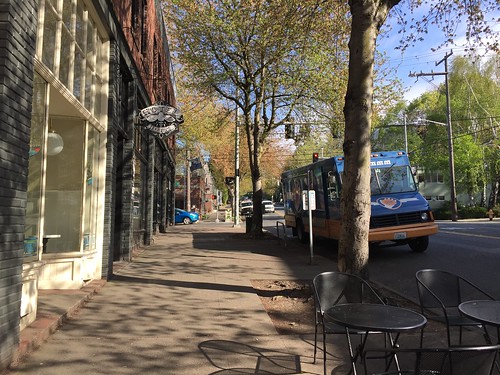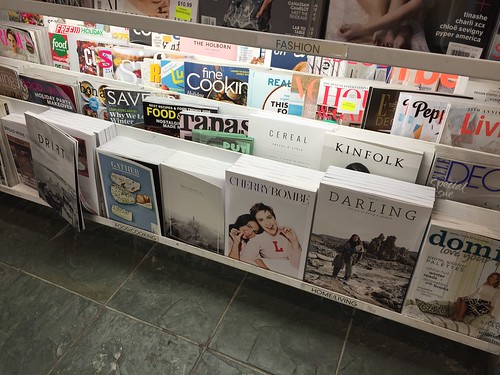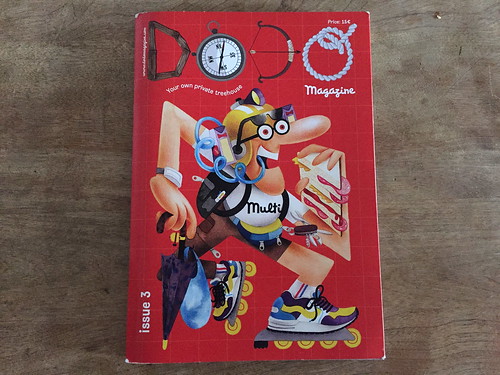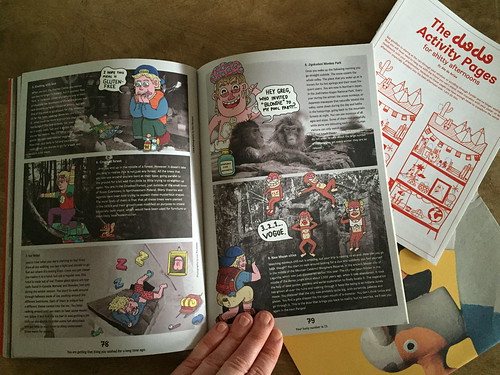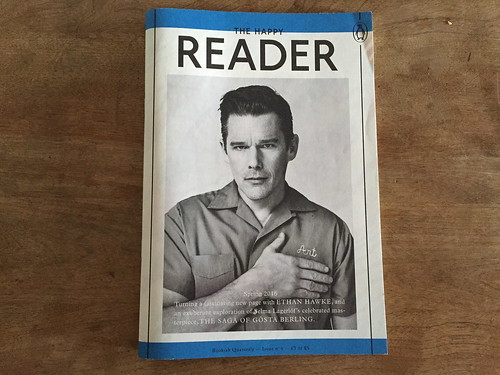Becoming a regular at Maison Bertaux demands patience — London’s oldest patisserie is among its busiest. During the morning, Japanese tourists crowd around tables with cameras hovering over their breakfast pastries. Come afternoon, Soho’s masses swing by to refuel with coffee and cake. Yet, despite its popularity, Maison Bertaux retains the intimacy of a country teahouse, beckoning you inside with fairy lights, sugar and chipped teacups.
Upon arriving in London for graduate school, I made it my mission to become a regular. I solidified my order. I established my preferred seat. After two weeks, I memorized the route there. At the end of the first month, I recognized other patrons. By four months, I chatted with the waiters and my order was a foregone conclusion when I entered. And yet, with each passing week, Maison Bertaux opened up like a treasure chest revealing new art one day and new regulars the next.
Although the cafe calls itself a French patisserie, it avoids the pre-packaged continental glamour of Laduree and the like. As soon as you enter the owner, Michelle Wade, greets you with a harried ‘Hello’ and requests your order. She could list the various pastries available — she started working there at sixteen, she’s intimate with the offerings — or you could wait for the single waiter to find the single laminated menu, by now stained with coffee and cream. It’s simpler to head to the window and point to the pastry that catches your eye. Morning? Opt for a croissant, which emerge from the kitchen at regular intervals and are left to cool on any and every available surface. Afternoon? Choose a scone studded with sultanas or a fruit tart abundant enough to serve two at nearby Pierre Herme. The pastries elude the precise glamour of their French counterparts, but their cracks offer relief from the polished experience of contemporary London life.
The coffee follows a similar pattern. Forget your meticulous flat white, at Maison Bertaux drinks prepare the stomach for a symphony of butter, sugar and flour. Sip on a creamy café au lait or brace yourself for a dense café noir (this is a French café, leave the Italian drinks at Bar Italia). Tea arrives in pots stolen from a life-sized dollhouse. But leave the rich hot chocolate for those rare chillier-than-chilly mornings in January and February.
On those days you’ll want a seat downstairs, where the constant to and fro of patrons and pastries heats the room. Otherwise, linger upstairs with art by The Mighty Boosh’s Noel Fielding or duck next door for optimal people watching. No matter where you sit, you’ll slide out of the plastic chairs and watch your coffee and pastry teeter on the edge of the narrow, plastic-coated tables. Like the glitter-bedecked memorabilia covering the walls, broken teacups stuffed with sugar and flowers in makeshift vases clutter the tables. But being conversant in these quirks creates the homey charm of Maison Bertaux.
These quirks encompass the food. During my breakfasts, I’ve developed a catalog of the croissants’ endless variations. Unlike their restrained French counterparts, Maison Bertaux’s emerge from the oven large, deeply brown and oozing butter. Regardless of how they look that day, they fall off the plate they’re served on. Crack off an end — you might get both together or they might be on opposite ends of the plate. Whether you dip it in coffee or bite in immediately, a thin layer of crumbs dusts your pants against which the single paper napkin provides feeble defense. The pastry’s chewy bite and lack of sweetness justifies the mess — no matter when you visit, that’s for certain.
It’s a warm but grey spring morning and I meander through Soho’s morning-after calm with a flutter in my stomach. I’ve been away for a month. Will my Maison Bertaux still be there? In the past four weeks spring transformed London from a dark grey collection of shabby coats to an all-night rave covered in neon paint. The door jangles and I fall into the informal queue that’s formed. After a quick hello and smile I repeat my order and head upstairs. “Oh, of course,” the owner chirps. And with a smile I’m back home, where nothing has changed.




